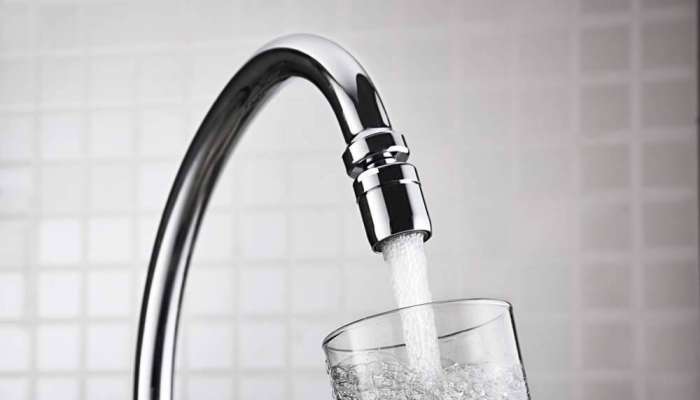
Muscat: Desalinated water accounts for 86% of water use in the Sultanate of Oman, the French Institute of International Relations, said.
A recent study by the French Institute of International Relations confirmed that desalinated water constitutes 86% of water use in the Sultanate of Oman, compared to 90% in Kuwait, 70% in Saudi Arabia, and 42% in the UAE.
The study explained that only 0.5% of the water on earth can be used for human consumption, adding that climate change poses a threat to this scarce supply, even as some two billion people around the world still lack access to safe drinking water.
This, it added, is a particular challenge for Gulf Arab countries, where desalination is the only available option.
The study noted that last year, there were more than 21,000 desalination plants operating worldwide, nearly double the number as compared to a decade ago. United Nations projected that within two years, two-thirds of the world's population will be affected by water stress, and the desalination business will thrive at an estimated growth rate of between 6% and 12% annually.
Additionally, it stated that by 2030, desalination capacity in Middle East countries is expected to almost double, making it very difficult to control carbon dioxide emissions due to the energy-intensive nature of desalination plants, which are currently powered by electricity produced primarily from natural gas or liquid fuels.
The study pointed out that the release of salt-laden waste into the sea during the desalination process leads to an increase in salinity in coastal areas and affects marine life. There is also the problem of transmission losses, which are estimated to be higher than 50% in some Gulf countries.